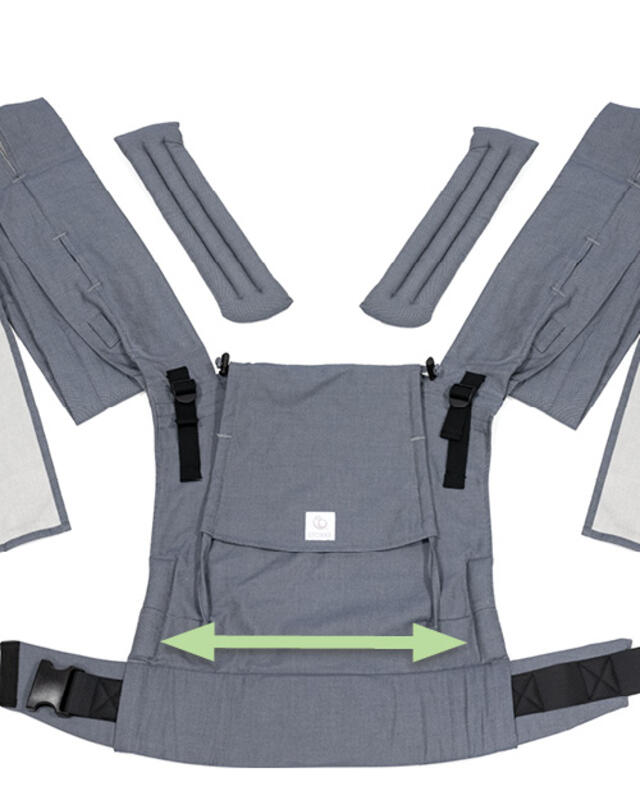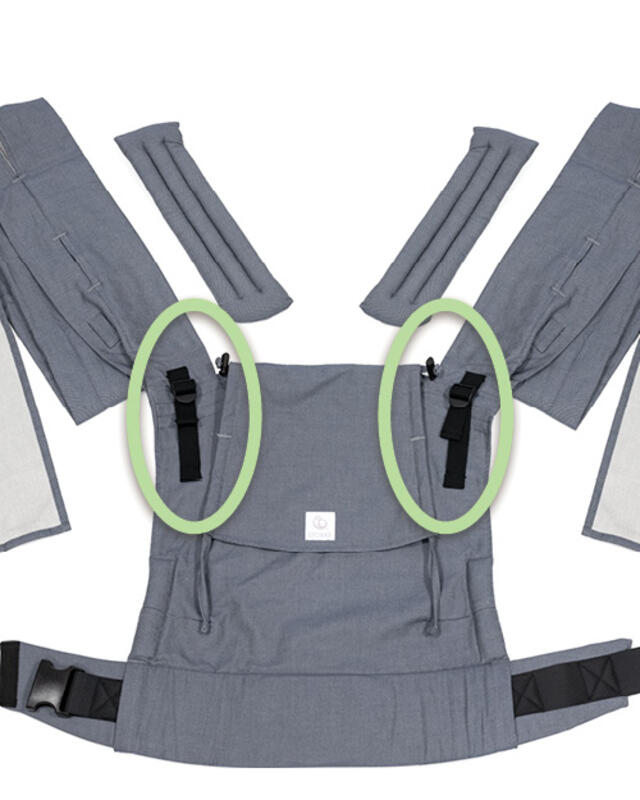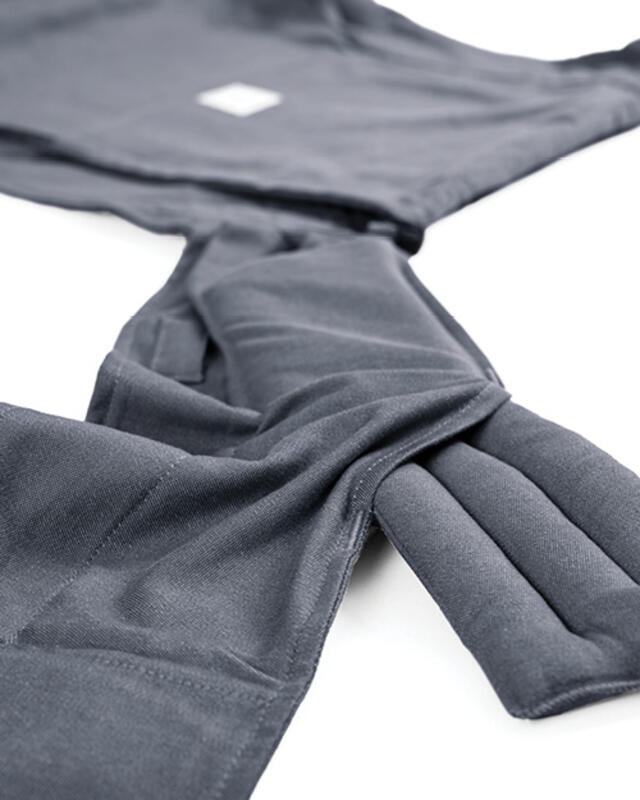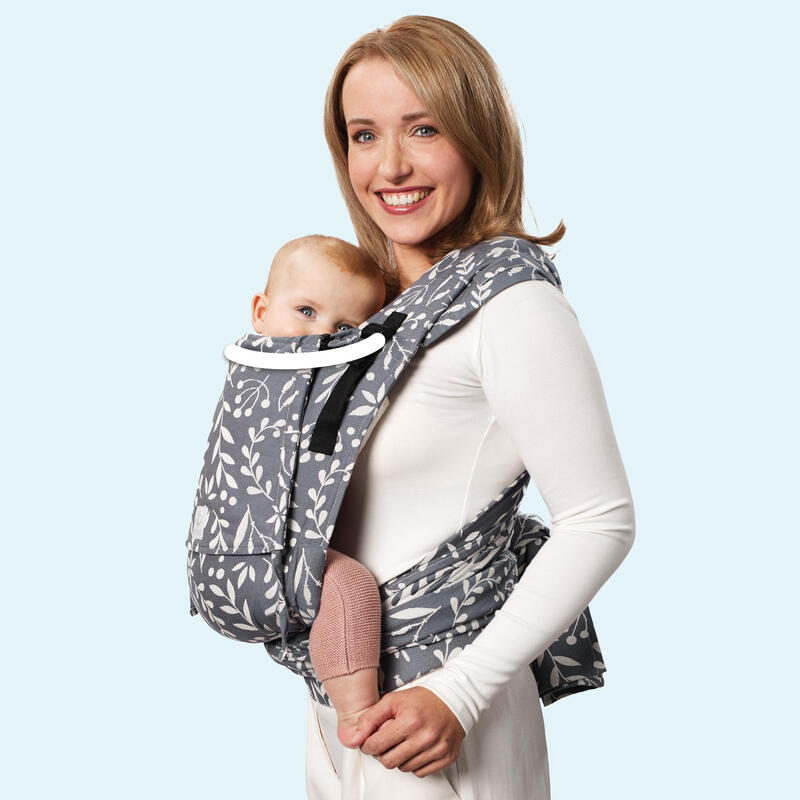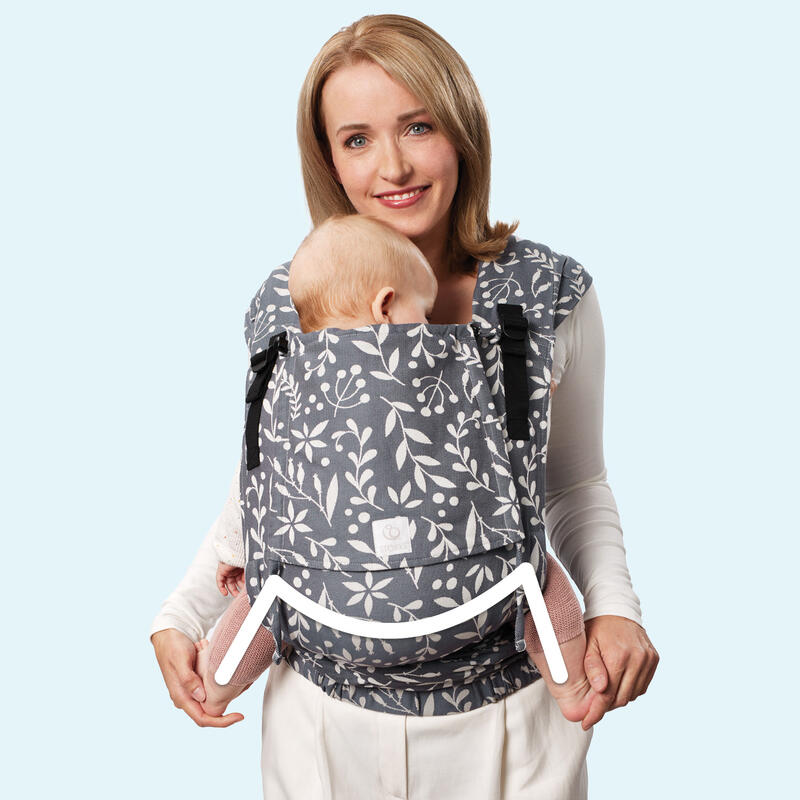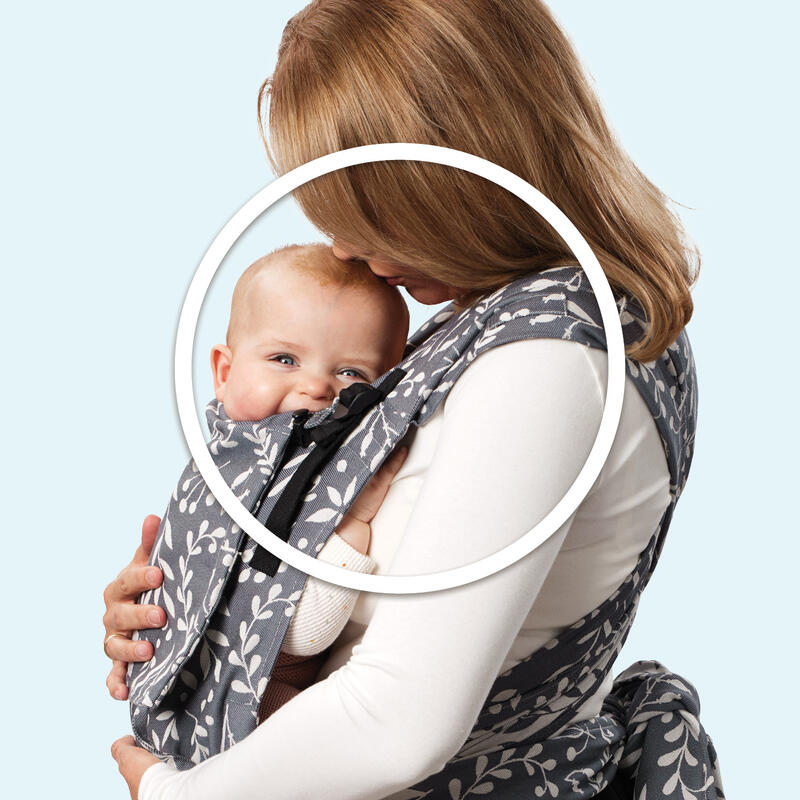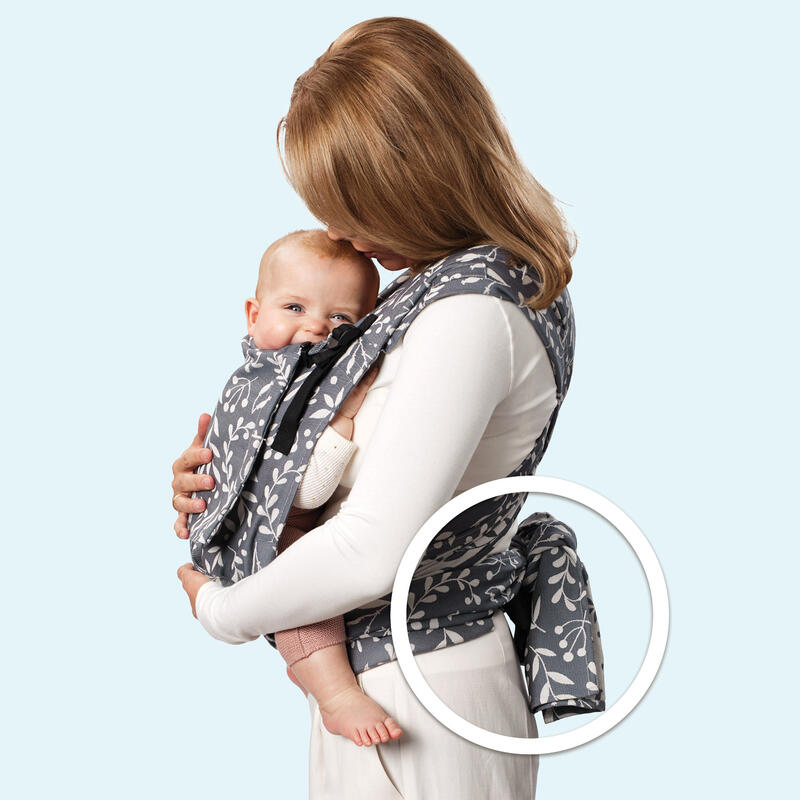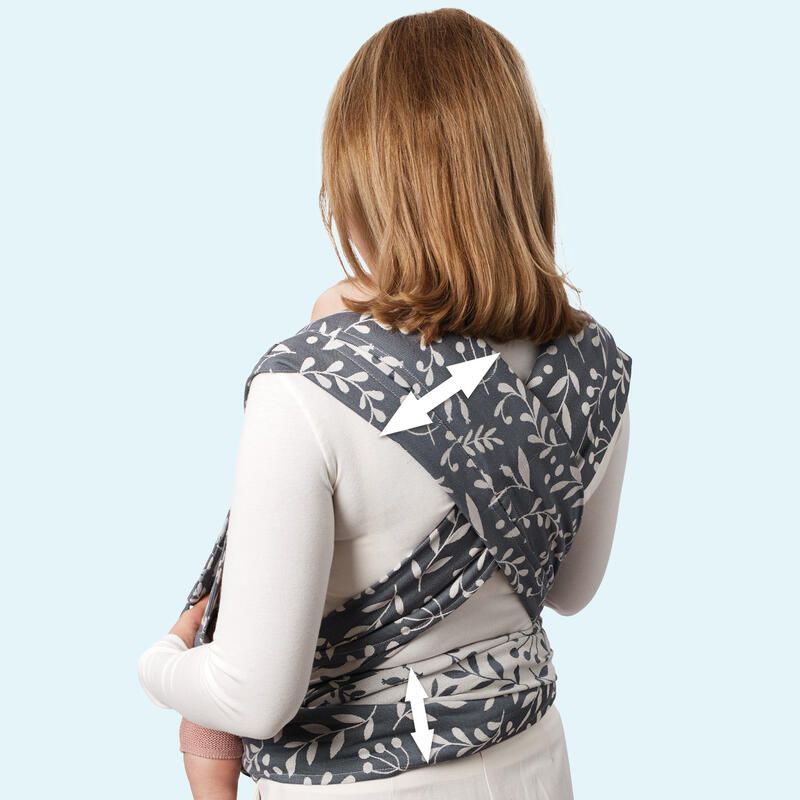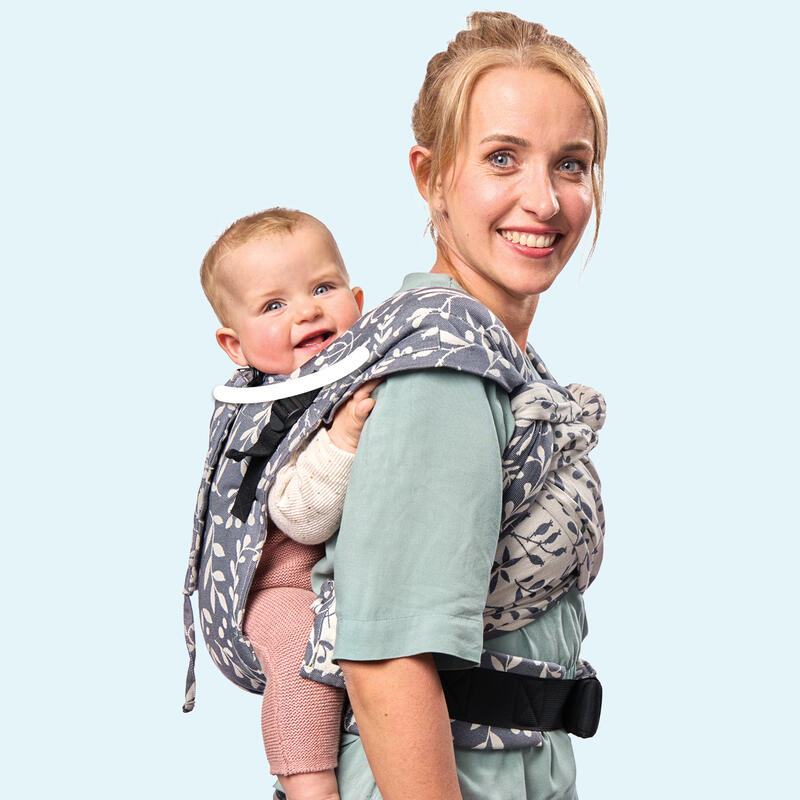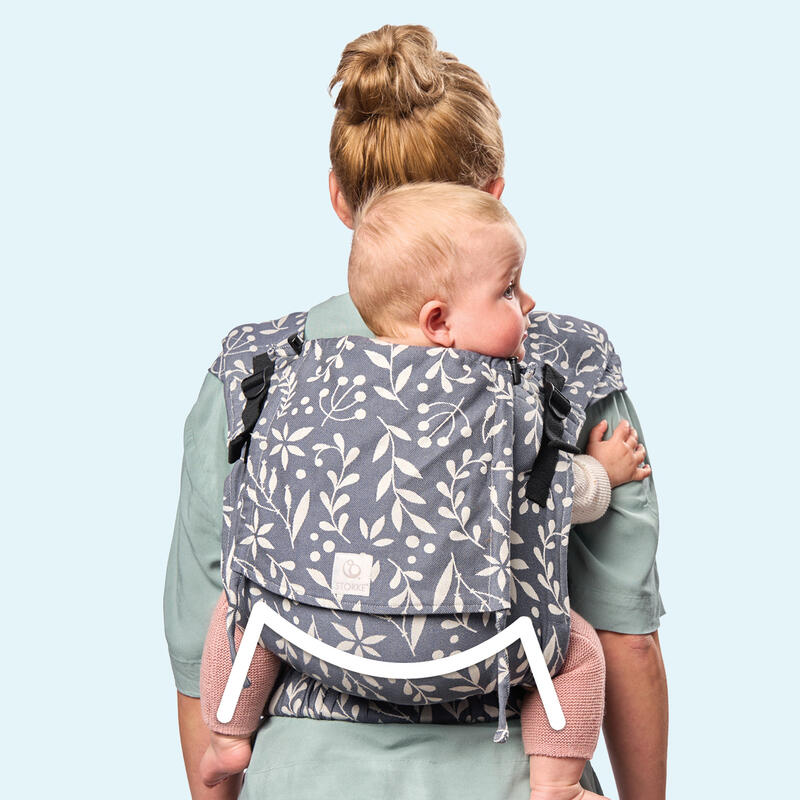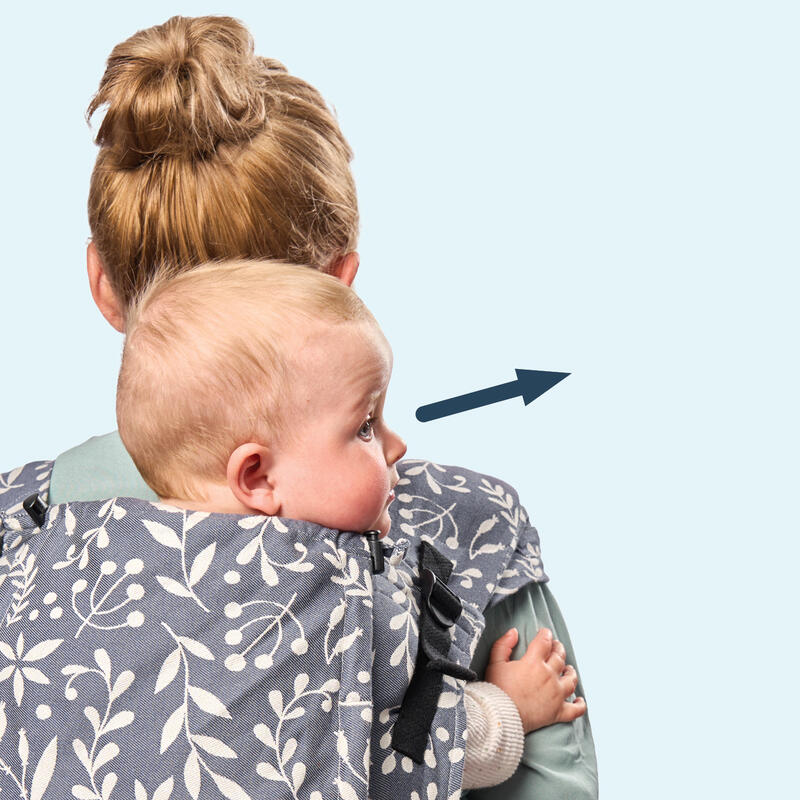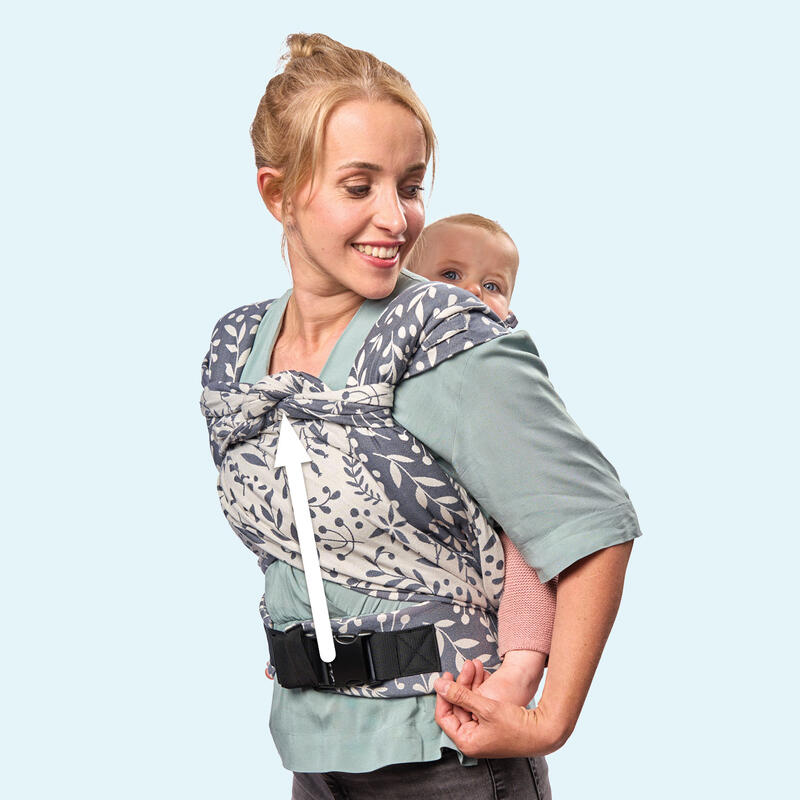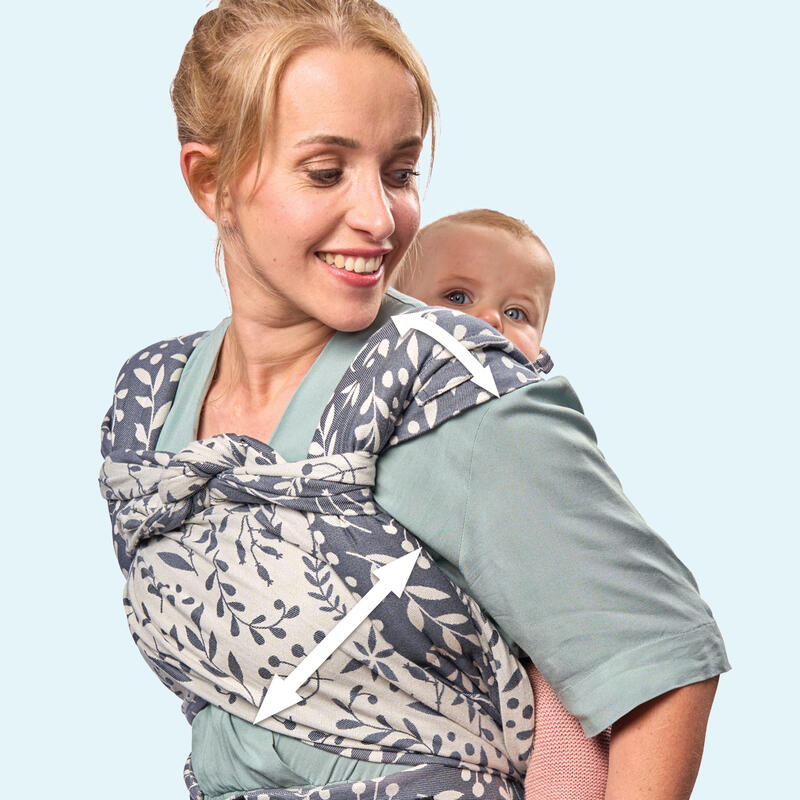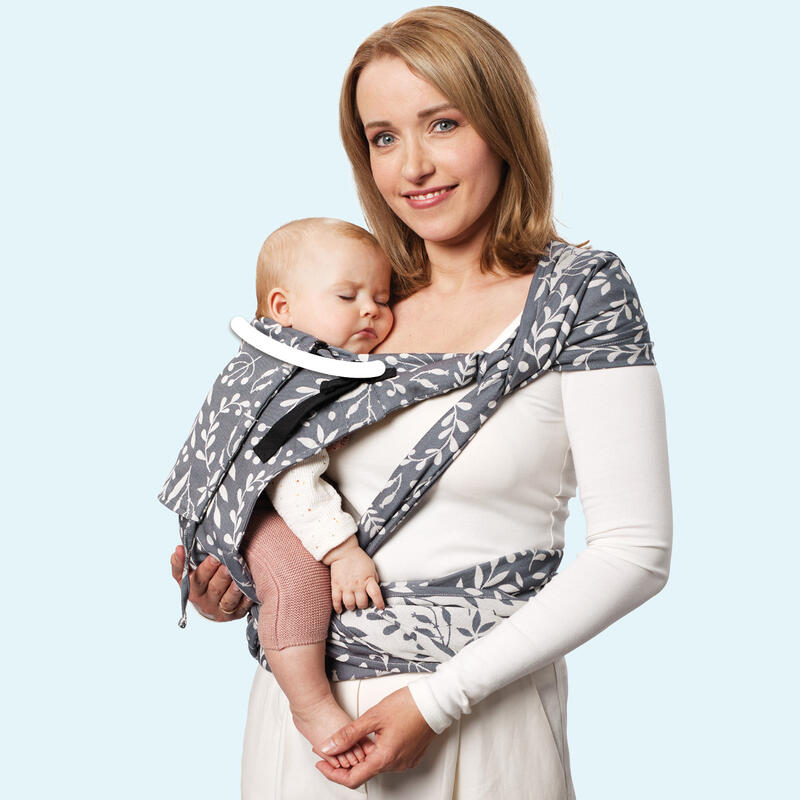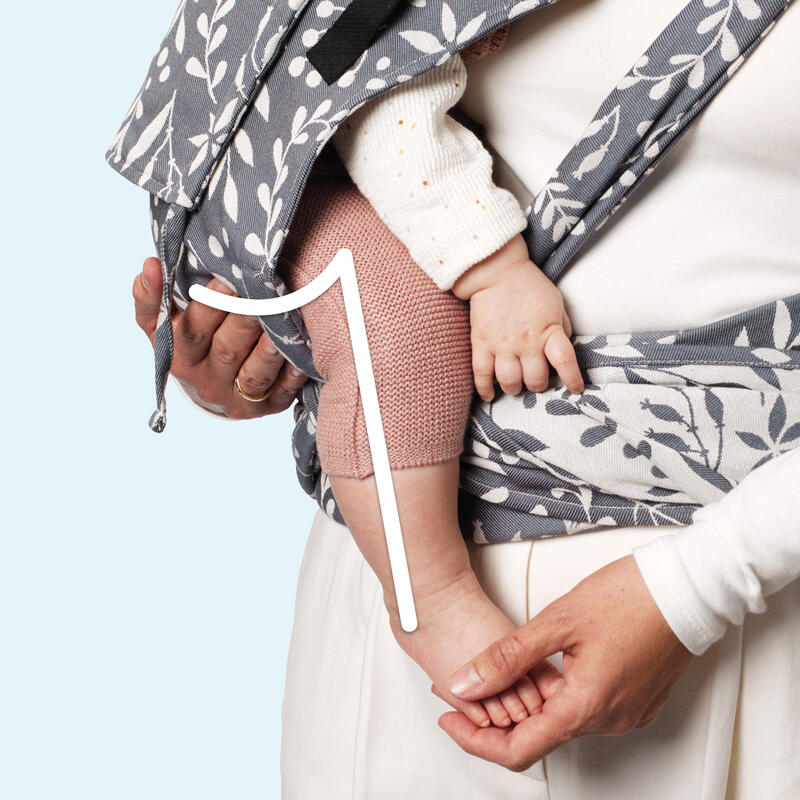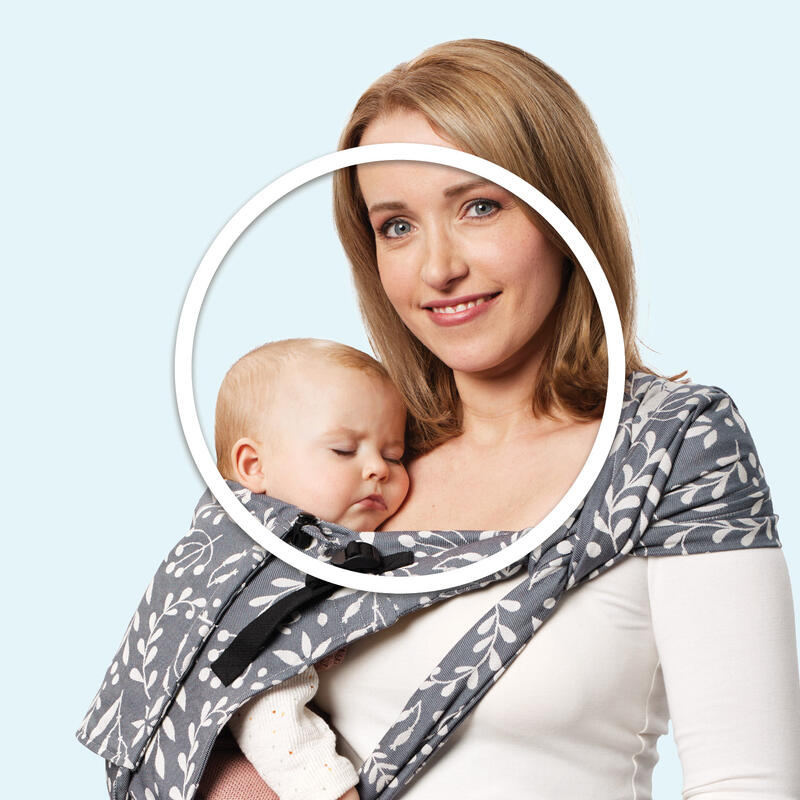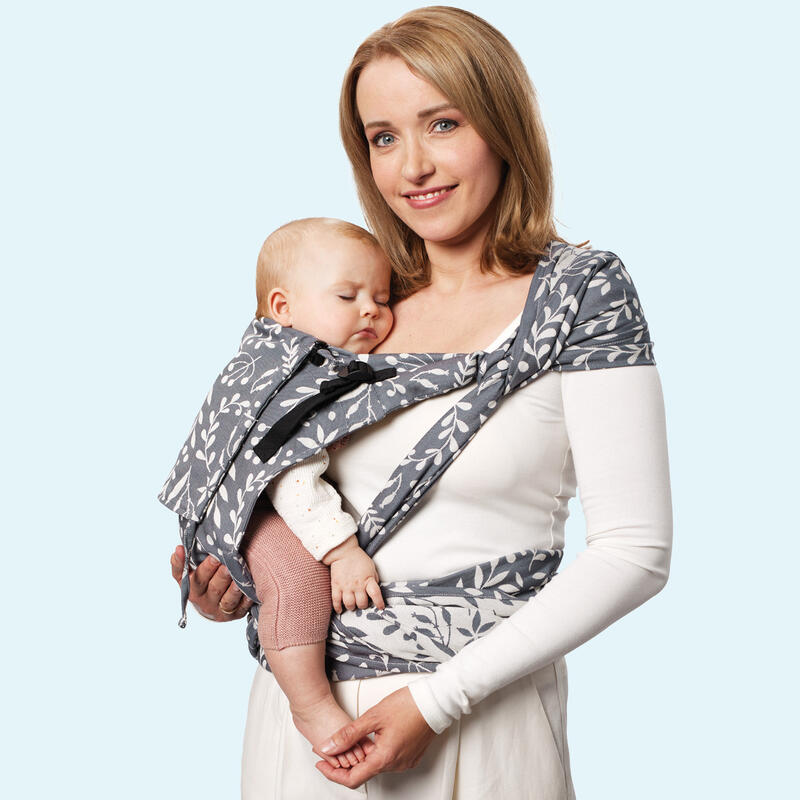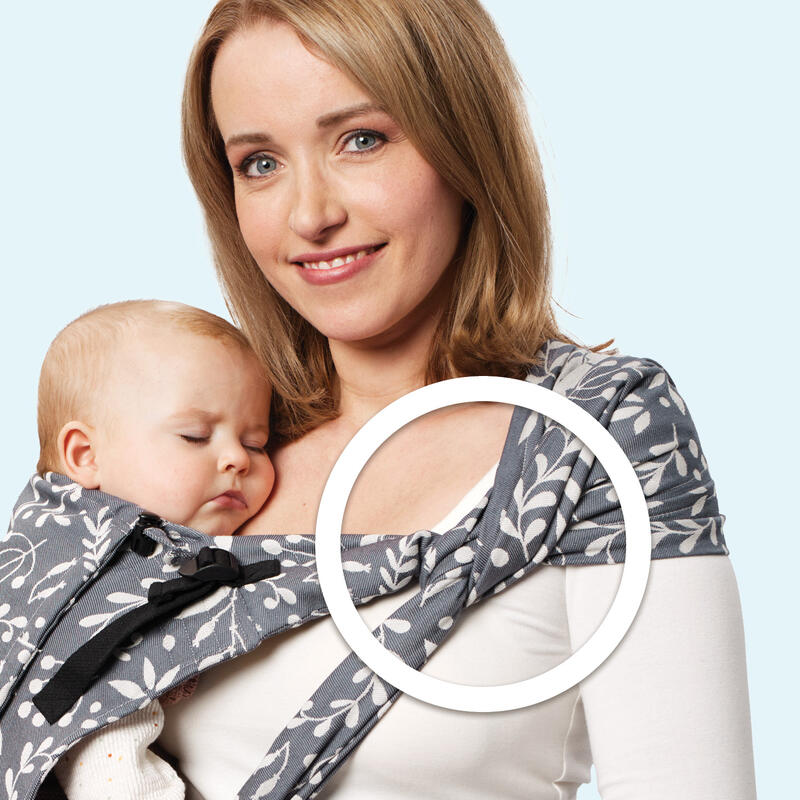
Tutorials
Stokke® Limas™ Carrier Plus Tutorials
A half buckle carrier and a perfect fit if you want to carry your baby from birth. Here you can learn more about how to use it correctly and adjust it for your growing baby.
Our Tutorial Videos
From Birth
Front Carrying
The perfect position for little ones who love to snuggle! This is the best way to keep your little one close to you from birth. It enables a correct spread-squat position for optimal ergonomics and comfort for both you and your baby.
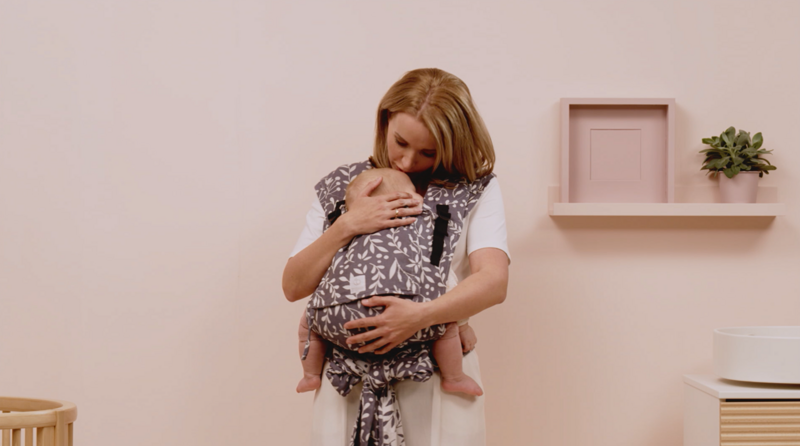
X
From 5 + Months
Back Carrying
Is your baby older than 5 months and ready to explore the world? Then it's time for back carrying! This carrying option is just as ergonomic and safe but allows babies to look around and stay close to you. It also means more freedom of movement for you, especially when you baby gets bigger.
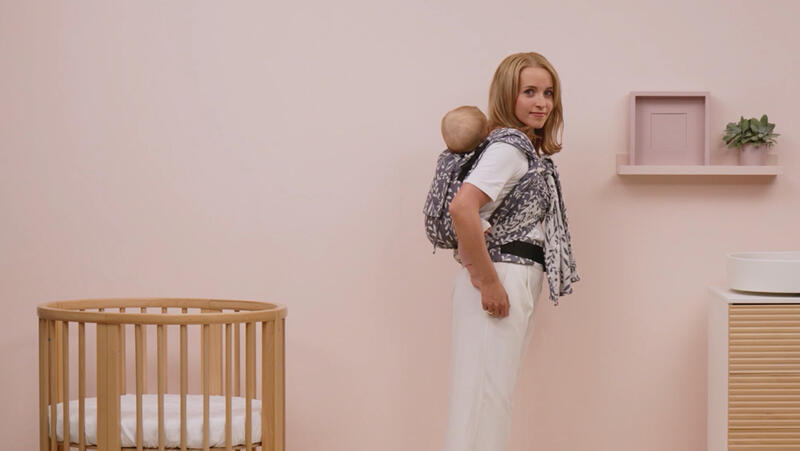
X
From birth
Hip Carrying
The perfect position if your little one is getting curious and ready to discover the world, but you're not ready for back carrying yet. It is a safe, ergonomic and comfortable position that can be used from birth.
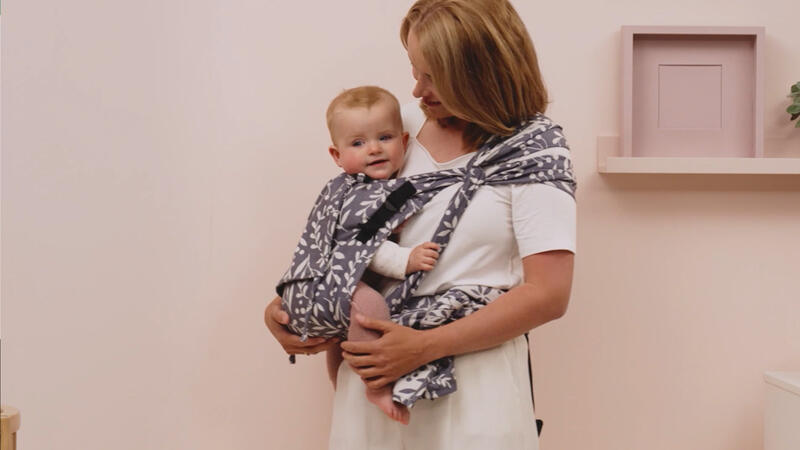
X
Are you Ready?
Safety check
Unsure if your baby is sitting correctly in their Stokke® Limas™ Carrier? Having your partner or a friend by your side might be useful, or you can start practicing in front of the mirror if you prefer. Here are a few points to check if you want to become a babywearing expert!
Front Carrying
Back Carrying
Hip carrying
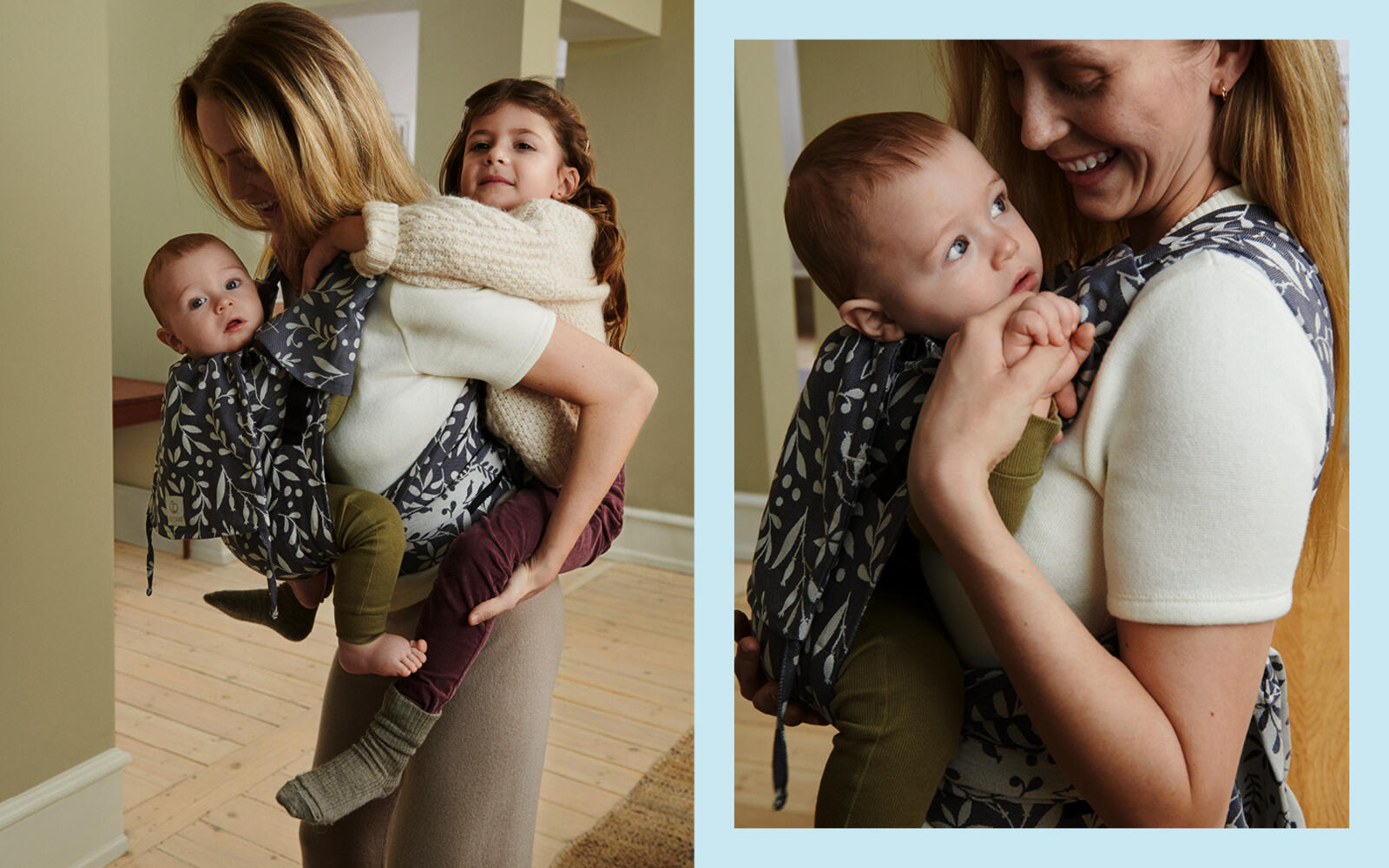
Explore the Stokke® Limas™ Carrier Plus
